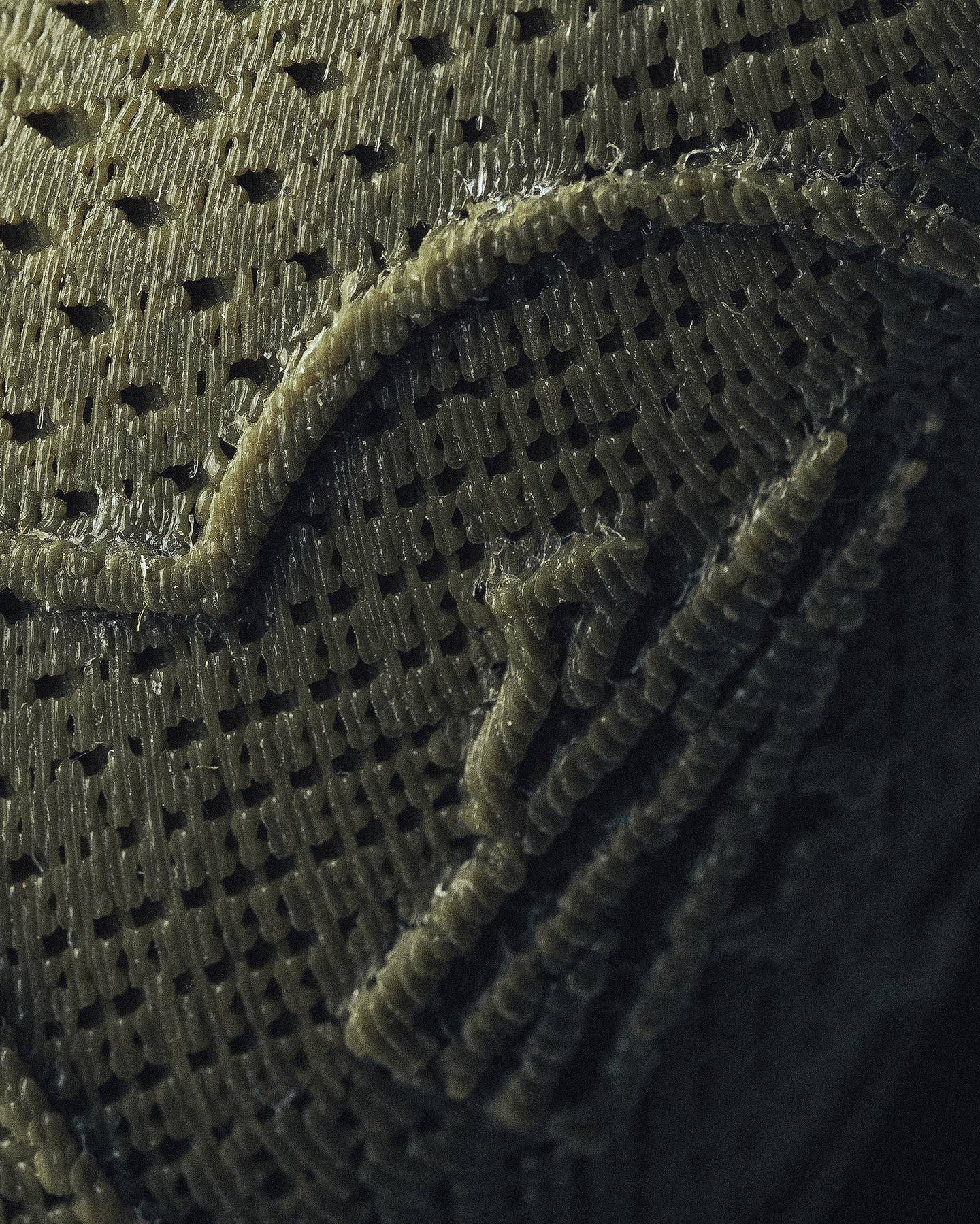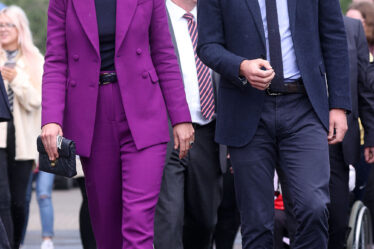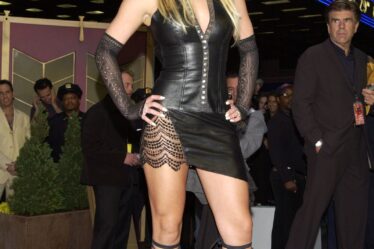
When men’s artistic director Pharrell Williams showed his resort collection for Louis Vuitton this past December in Hong Kong, one product on the runway embraced a high-tech update to the house’s usual notions of luxury savoir-faire.
The LV Cobra — futurist-looking slip-on clogs that the rapper Future and artist Kaws raved about on Instagram — wasn’t stitched together in a Parisian atelier. It was fully 3D printed from melted layers of thermoplastic polyurethane by Zellerfeld, a German start-up conceived in 2016 by Cornelius Schmitt in his college dorm room while studying industrial engineering at Clausthal University of Technology.
After years of experimentation to develop Zellerfeld’s initial 3D printers, during which Schmitt would message emerging designers posting to the Instagram account @conceptkicks offering to 3D print their ideas for free, the company is breaking through.
To date, aside from Louis Vuitton, Zellerfeld has collaborated on footwear with brands such as Heron Preston, Moncler, Rains, Pangaia and KidSuper. Celebrities like Justin Bieber, Lewis Hamilton, Ciara and influencer Kai Cenat have been seen sporting Zellerfeld’s 3D-printed sneakers. Having successfully sold and delivered thousands of pairs of shoes, which range from $175 to $370, the company said revenue last year was in the millions. It declined to specify further but said it was not yet profitable.
Zellerfeld’s ambitions are bigger than just selling shoes, though. Last February, it launched a beta platform allowing emerging designers to earn royalties from their designs. They upload their concepts to Zellerfeld’s Discord channel and Zellerfeld will list them for sale on its site, printing any orders on demand.
The hope is to tap into the growing creator economy, which has seen a booming number of individuals building businesses by making their own products or content. Nolan Kim, an independent designer who has created footwear with Zellerfeld, compared the company to platforms such as YouTube and SoundCloud that allow emerging creators to easily upload — and profit from — their content. That vision helped the company raise $15 million in a seed round led by Founder’s Fund, Peter Thiel’s Silicon Valley powerhouse known for early investments in Facebook and SpaceX.
The success isn’t just a victory for Zellerfeld. It also illustrates how 3D printing has evolved from a rapid prototyping tool for industrial applications in the 1980s into a technology transforming how companies can produce consumer products today. Brands such as New Balance and Adidas have released shoes with 3D-printed midsoles, but 3D printing has remained a niche technology in sneakers — and fully 3D-printed shoes are rarer still. They may be quick to produce, but most shoes made entirely of extruded plastic don’t flex and hug the foot like shoes made from traditional materials, limiting their capabilities and customers. Zellerfeld believes it has solved the issue with its proprietary printing process, which results in footwear that feels like comfy rubber shoes, on trend with Gen-Z favourites such as Yeezy Foams and Crocs.
“To take someone like me, who never had intentions of commercialising and selling their own product, and then now being able to do it basically without having to learn anything extra, that’s a pretty crazy thing,” said Kim.
SoundCloud for Shoes
For now, Zellerfeld strategically curates designers and works closely with them, helping them take their designs from concept to market. The designer pays a few hundred dollars — typically below the shoe’s average $250 retail price — for the finished sample, depending on the design’s complexity. In return, Zellerfeld gives them free pairs to seed to anyone who would help promote their designs and receives up to 60 percent of backend royalties from total sales. (Zellerfeld doesn’t market the shoes itself.)
Customers, meanwhile, get shoes customised to their feet with a quick foot scan using a smartphone.
In principle, it enables anyone with a good idea to easily produce, sell and earn money from it, much like SoundCloud did for musicians. The platform is credited with giving rise to a generation of rappers from Playboi Carti to Ice Spice who used it to get heard and paid without the backing of a record label or distributor.
“In the fashion world, there hasn’t been too much innovation in terms of production in a very long time,” said KidSuper’s Colm Dillane. “It’s cool to have something that truly changes how you make stuff.”
In October of 2022, Dillane was able to bring his Zellerfeld-produced shoes to market without even having a dedicated in-house footwear team, bypassing months of complicated product sampling and costly tooling and saving his brand thousands of dollars, he said.
“You just send it to print and all you need is a 3D file [of the design],” Dillane said. “It allows you to experiment and try out new things.”

Harry Beard, co-founder of Prospect 100, a co-creation platform, believes that next-gen brands can come from open-source design platforms like Zellerfed, comparing it to how user-generated technologies like Instagram or YouTube have given birth to influential celebrities like Jake Paul or Mr. Beast, who have turned their fame into big businesses. After all, “good design can come from anywhere,” said Beard.
Zellerfeld already boasts some success stories for independent designers. After 25-year-old Isak Douah posted a shot of prototype high tops he 3D-printed on his own in front of an erupting Icelandic volcano, Schmitt reached out. Douah said the tie-up gave his work instant credibility and has allowed him to expand his studio. He’s grown his freelance team from two to eight and launched an outerwear line.
“The project gave me my big break,” he said.
From Concept to Customer
If there’s a limit on Zellerfeld’s ascent, it’s print speed. Schmitt, the company’s founder, said it’s been the hardest problem to solve. It can take half a day or more to print a single pair of shoes, and that’s actually twice as fast as 18 months ago thanks to Schmitt’s “source of pride,” a team of 35 engineers.
Because the company has more demand than it can print at the moment, it takes up to six weeks for customers to get their orders, according to Zellerfeld’s site. But it is working on further technical improvements to speed up its printing even more. Schmitt compared the advances to those seen in computer chips, evolving from basic number-crunchers to advanced AI processors.
“We believe there will be a day when a shoe will just take minutes to print,” he said.
Zellerfeld has grand plans this year. In March, it will start to launch 100 new designs throughout 2024 from both established brands and independent designers on Zellerfeld.com. It’s also targeting a round of Series A funding so it can scale its 200-printer operation, potentially opening new printing farms outside of Germany in yet-to-be-determined locations so orders can be printed closer to demand.
Reuben Selby, an investor in the company, anticipates rapid growth in the next couple years as more designers take advantage of the platform. It’s a business model based on giving them a chance to make a living.
Disclosure: LVMH is part of a group of investors who, together, hold a minority interest in The Business of Fashion. All investors have signed shareholders’ documentation guaranteeing BoF’s complete editorial independence.



